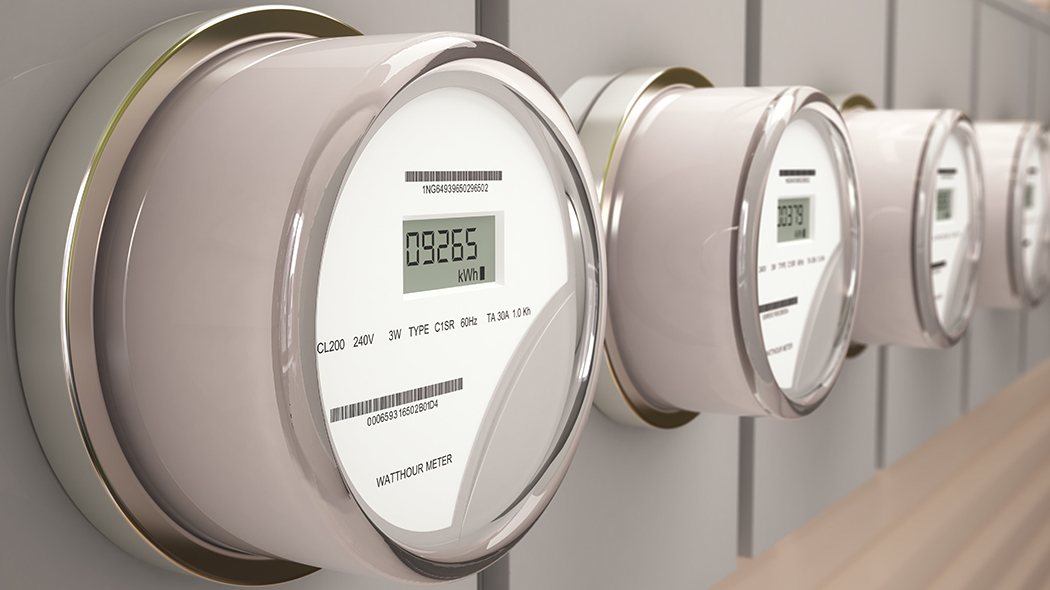The 5 biggest misconceptions about NB-IoT
06.02.2020 by Ümit Günes

NarrowBand IoT (NB-IoT) offers completely new possibilities for networking devices and machines in the Internet of Things. However, some misconceptions about the new mobile standard persist.
"Why should I invest in an intermediate technology now? I'd rather wait for 5G!" or "No roaming, no firmware updates, no removable SIM card – NB-IoT restricts me too much." – Just some of the prejudices against NarrowBand IoT based on apparently widespread misconceptions. Time for a fact check.




